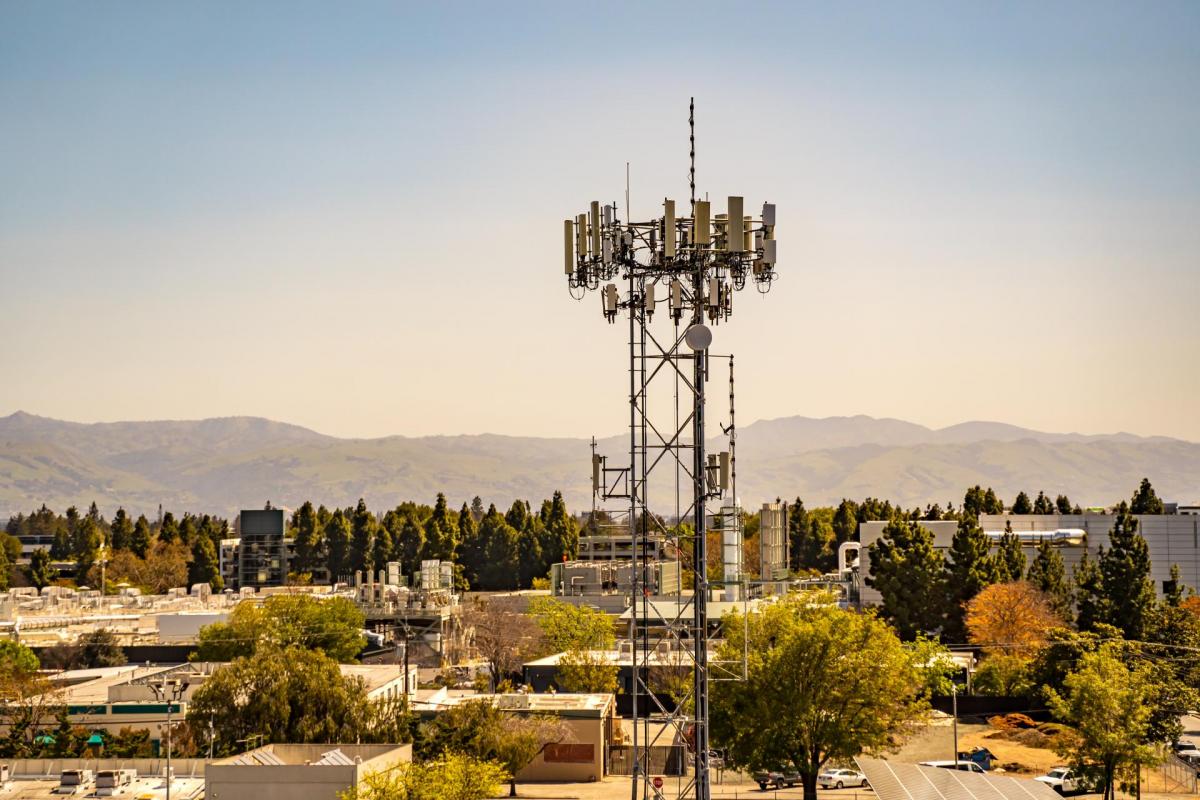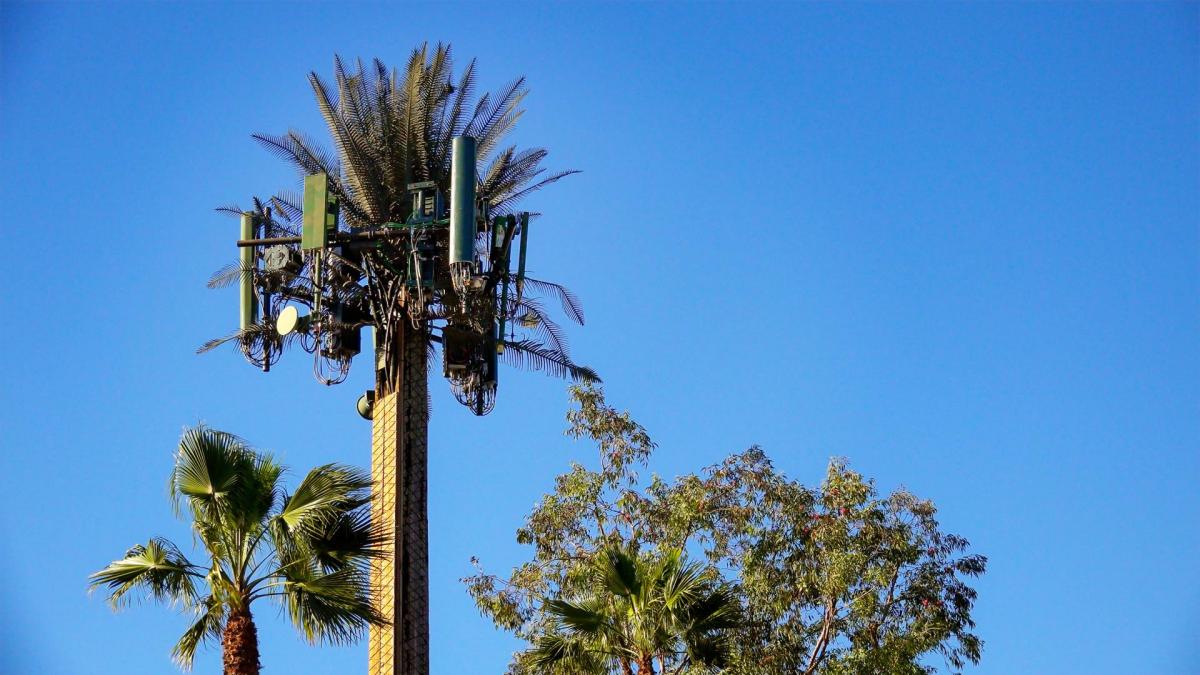A 2024 legal decision will impact local control over existing wireless facilities
Benjamin R. Jones is a partner at Aleshire & Wynder who advises local governments on a wide variety of matters, including telecommunication. He can be reached at bjones@awattorneys.com.
This summer, the U.S. Circuit Court of Appeals for the 9th Circuit heard oral arguments in a case challenging a 2020 Federal Communications Commission (FCC) Declaratory Ruling. The FCC adopted the declaratory ruling to speed up 5G cellular network deployment. However, the industry-friendly ruling further restricts cities’ control over additions and modifications to existing wireless facilities.
The League of California Cities and other city petitioners filed a lawsuit requesting a review of the declaratory ruling. League of California Cities, et al. v. Federal Communications Commission and United States of America alleges the FCC’s interpretations conflict with existing regulations, effectively resulting in unlawful amendments.
The 9th Circuit’s ruling — expected in early 2024 — could drastically impact how cities process requests for additions and modifications to existing wireless facilities moving forward.
Case background
Under Section 6409 of the federal Spectrum Act, a local government must ministerially approve “any eligible facilities request for a modification of an existing wireless tower or base station that does not substantially change the physical dimensions of such tower or base station” within 60 days. The law defines “eligible facilities request” as any request for the modification of an existing wireless tower or base station that involves the collocation of new transmission equipment, removal of transmission equipment, or replacement of transmission equipment.
FCC regulations enacted in 2015 define what types of modifications “substantially change” the physical dimensions of an eligible support structure and therefore escape its streamlined review provision. The FCC characterized its 2020 declaratory ruling as “clarifying” these regulations to resolve differing interpretations from local governments and the wireless industry.
A regulatory agency like the FCC can adopt declaratory rulings clarifying its regulations, and courts generally defer to such interpretations. However, as non-legislative actions, the interpretations cannot legally modify or conflict with existing regulations. The rulings also cannot be arbitrary, capricious, or an abuse of the agency’s discretion.
The Cal Cities lawsuit alleges the FCC’s declaratory ruling exceeds these boundaries and is therefore invalid and entitled to no deference from the courts. The oral arguments focused on a few key areas of the regulation that will impact cities’ rights when reviewing requests for modifications to existing wireless facilities, as discussed below.
Height Increases
The 2015 regulation states that for towers outside the public rights-of-way, a modification is a “substantial change” if “it increases the height of the tower by more than 10% or by the height of one additional antenna array with separation from the nearest existing antenna not to exceed twenty feet, whichever is greater.” (Emphasis added.)
According to the declaratory ruling, the 20-foot limitation applies only to the space separating the top of an existing antenna from the bottom of a proposed new antenna. It does not limit the size of the proposed antenna itself. This means the limitation is 20 feet plus the height of a new antenna, no matter how large the new antenna is.
Cities had interpreted the 20-foot limitation to include the new antenna. Cal Cities argued the FCC’s interpretation imposes an unascertainable limit, allowing for potentially significant changes in height.
In response to judges’ questioning regarding the logic of the FCC’s interpretation, the FCC agreed its interpretation hypothetically would allow for the addition of a 102’ antenna with 20’ of separation (for a total height increase of 122’) onto an existing 200’ tower, yet would not allow for a new 2’ antenna with 21’ of separation (for a total height increase of 23’) on the same tower. However, the FCC stated that per industry standards, antennas are generally 4-8’ in height.
Equipment cabinet additions
The 2015 regulation states that a modification is a “substantial change” if “it involves installation of more than the standard number of new equipment cabinets for the technology involved, but not to exceed four cabinets.” (Emphasis added.)
According to the declaratory ruling, the four-cabinet limit is not cumulative. Rather, it is a per-modification limit that does not include transmission equipment in a protective case unless the case houses multiple, distinct devices.
This interpretation would allow for the addition of an unlimited amount of equipment to a support structure, raising concerns about aesthetics and structural integrity. The 9th Circuit also seemed concerned that the interpretation could enable carriers to make piecemeal additions (e.g., four cabinets at a time) and thereby evade discretionary local review.
The FCC responded that the “substantial change” criteria in the regulation addressing maximum dimensions negate the need for a cumulative limit on cabinet additions: The four-cabinet provision was only intended to address problems that may arise from unusually substantial individual deployments.
Concealment elements
The 2015 regulation provides that a proposed modification is a substantial change if “it would defeat the concealment elements of the eligible support structure.”
The declaratory ruling states that “concealment elements” refer to the parts of a facility meant to look like something other than a wireless tower or base station. Attributes that minimize the facility’s visual impact but are not part of the facility — such as a specific location on a rooftop site or placement behind a tree line — are not “concealment elements” for this purpose.
Cal Cities contended that the plain meaning of “concealment elements” includes any condition that hides facilities from view. The FCC countered that the use of the phrase “of the eligible support structure” in the regulation supports its interpretation.
The FCC had previously told the U.S. Circuit Court of Appeals for the 4th Circuit that a modification that would expose a wireless structure previously hidden from view by a tree line would constitute a substantial change. However, the FCC now contends this prior statement did not address the same interpretive question and does not undermine the legal validity of the interpretation in the 2020 declaratory ruling.
Shot clock commencement
The 2015 regulation establishes a 60-day shot clock for local governments to act on “eligible facilities requests.” If a local government fails to do so, the request will be deemed approved.
The declaratory ruling interprets this to mean the shot clock begins when the applicant “takes the first step” in the local application process (e.g., meeting with city staff) and submits written documentation showing the proposed modification is an eligible facilities request. In other words, the requestor does not need to file an application for the shot clock to commence.
Cal Cities argued that this interpretation is inconsistent with the regulation, which states that the 60-day period “begins to run when the application is filed.”
The FCC argued the word “application” was intended to mean submission of the documentation necessary to show the proposed modification is an eligible facilities request. It contended this interpretation is consistent with the intent of prohibiting cities from using lengthy and onerous pre-application processes to delay such requests.
Express evidence
The 2015 regulation provides that a proposed modification is a substantial change if it does not comply with conditions associated with the siting approval of the eligible support structure, unless the modification is non-compliant only in a manner that would not exceed the thresholds for height, width, cabinets, and excavation in the regulation.
However, the declaratory ruling states that for an existing siting approval condition to be recognized, there must be “express evidence that at the time of approval the locality required the feature and conditioned approval upon its continuing existence.”
From a city perspective, this interpretation creates a new, unlawfully retroactive standard that could undermine important aesthetic siting conditions. Past approvals often do not contain the necessary “express evidence” in the record given that approvals tend to be general in nature and were issued when the “express evidence” standard did not exist and therefore was not accounted for.
The FCC argued this standard serves to ensure that a local government actually required a given feature and conditioned approval on its continued existence, as opposed to asserting after the approval that a detail or feature was a condition of the siting approval. Per the FCC, this is a restatement of the basic principle that applicants should have clear notice of what is required by a condition and how long the requirement lasts: Showing the condition existed at the time of the original approval is sufficient to demonstrate such notice.
Post-lawsuit landscape
Overall, the FCC’s interpretations are cause for concern for cities. The 9th Circuit may invalidate some provisions of the declaratory ruling, in which case cities would owe those interpretations no deference when processing eligible facilities requests. However, the FCC could then amend the regulations through a legislative process to legally conform to its desired interpretations. Cities should closely monitor these developments.
In the meantime, given the uncertain outcome of the pending litigation and the possibility of courts deferring to the FCC’s interpretations, cities should be mindful of the “express evidence” standard when acting on eligible facilities requests. They should identify and support all siting conditions with express evidence to ensure their enforceability moving forward to the maximum extent possible.
Cities may also wish to revisit their application processes. They should pay close attention to incoming wireless industry requests — including informal ones — to avoid any claims that a request was deemed approved based on the FCC’s new shot clock interpretation.


